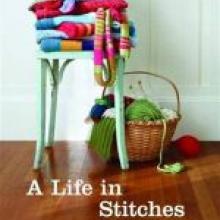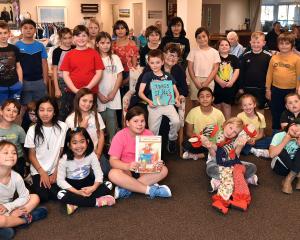
In her memoir, A Life in Stitches, half-Kiwi (her mother was brought up near Ashburton), all-American writer Rachael Herron manages to give the impression everything she has knitted is wearable art. Her life experiences and emotions are relived in each item - "My life can be measured in length of yarn: what kind I held, at what time" - and memories are attached to them all.
What makes Herron different is that, as well as being a fairly successful novelist, she has an extraordinarily popular knitting website, Yarnagogo.com, which gets a mind-blowing 100,000 hits a month.
Doubtless, it is for Yarnagogo readers that A Life in Stitches has been written, as Herron describes how the internet widened her appreciation of yarn from wool/acrylic combos to kinds she had never heard of. Older New Zealand knitters may find this odd, as they doubtless spent hours checking wool stores to get just the right shade of mohair or angora-mix, but few would have been as obsessed as Herron.
Having discovered specialist yarn shops advertising online, she began what she calls "yarn travel", zipping all over the United States from her home in California to check interesting shops and wool festivals.
Despite her obsession with the internet and her belief that it was "the reason knitting became trendy [as] knitting information became so readily disseminated and available online", Herron is emphatic it does not take the place of real-life, face-to-face friendships.
Her memoir includes at the end a pattern for a hot-water-bottle cover, a design she created because she could not find one. She should have consulted her Kiwi connections, as they were fairly standard here years ago. And a douche bag as a hottie?
Our rubber hotties and the stone one I remember as a child are surely superior.
The book is a trifle bitsy but it is a pleasant, easy read that will amuse knitters who never thought what they did in front of the telly at night was creating wearable art.
- Gillian Vine is a Dunedin writer who still occasionally knits.













